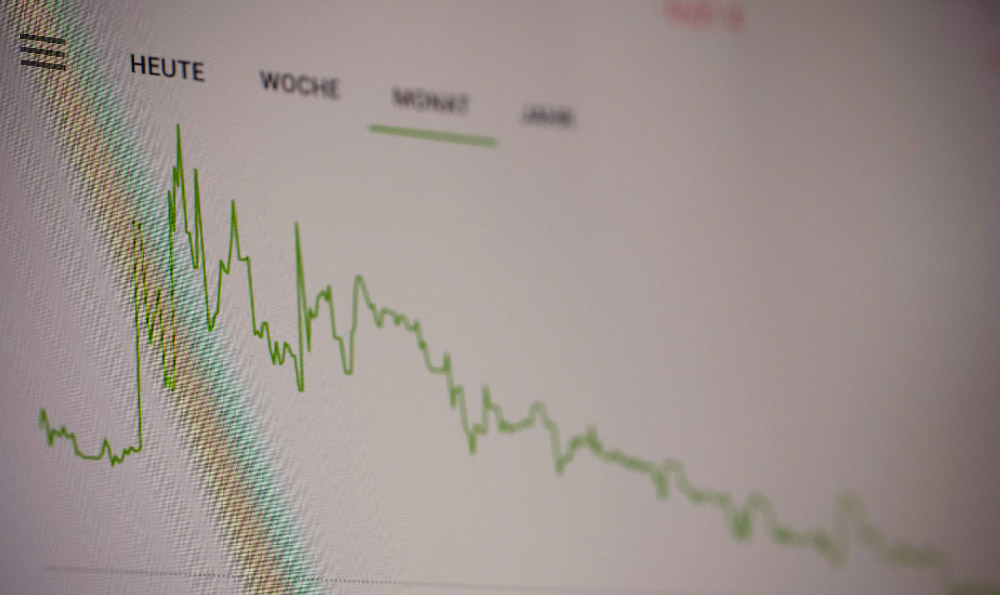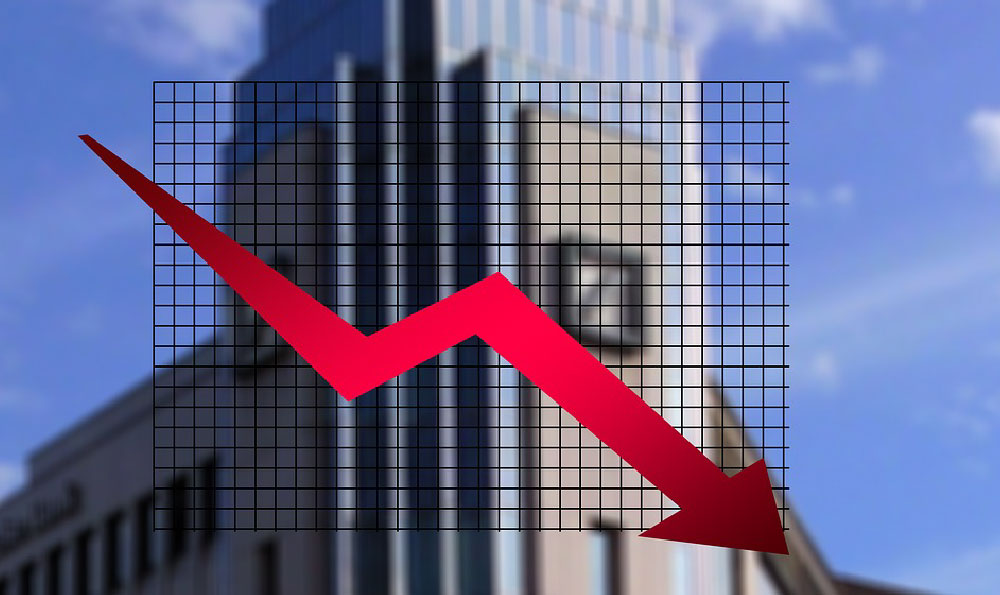Okay, I understand. Here's an article addressing the pros, cons, and methods for investing in corporate debt, written in a comprehensive style and avoiding numbered lists or introductory phrases like "firstly" and "secondly." The text will be in English.
Corporate debt, often manifested as corporate bonds, represents a significant component of the broader fixed-income market, offering investors a distinct profile of risk and return compared to government bonds or equities. The allure of corporate debt lies in its potential to generate a steady stream of income and diversify a portfolio, but navigating this asset class requires careful consideration of several crucial factors.
One of the primary reasons investors consider corporate debt is the yield advantage it typically offers over sovereign debt. Companies, particularly those with less than stellar credit ratings, must offer higher interest rates (yields) to compensate investors for the increased risk of default. This yield premium can significantly boost portfolio returns, especially in a low-interest-rate environment. However, this higher yield comes at a cost. The creditworthiness of the issuer is paramount. Unlike government bonds, which are generally considered to have a lower default risk (at least for developed nations), corporate bonds are subject to the financial health and operational performance of the issuing company. A company facing financial difficulties might struggle to make its debt payments, potentially leading to a downgrade in its credit rating or, in the worst-case scenario, a default.

The risk assessment process is therefore indispensable. Investors must thoroughly analyze the financial statements of the issuing company, paying close attention to key metrics such as debt-to-equity ratio, cash flow generation, and profitability. Understanding the industry in which the company operates is also essential. Is the industry cyclical? Is it facing disruption from new technologies? These factors can significantly impact a company's ability to service its debt. Credit rating agencies like Moody's, Standard & Poor's, and Fitch provide valuable insights into the creditworthiness of corporate issuers, assigning ratings that reflect their assessment of the likelihood of default. Bonds rated as investment grade (typically BBB- or higher by S&P and Fitch, and Baa3 or higher by Moody's) are considered to have a relatively low risk of default, while those rated as non-investment grade (also known as "junk bonds" or "high-yield bonds") carry a significantly higher risk.
Investing in corporate debt is not a monolithic endeavor. There are various avenues available, each with its own set of advantages and disadvantages. One common approach is to purchase individual corporate bonds directly. This allows investors to cherry-pick specific issues based on their risk tolerance, desired yield, and maturity date. However, direct investment requires a substantial amount of due diligence and expertise in analyzing financial statements and understanding credit risk. Furthermore, the market for individual corporate bonds can be illiquid, making it difficult to buy or sell bonds quickly, especially in times of market stress.
Another popular option is to invest in corporate bond mutual funds or exchange-traded funds (ETFs). These funds offer instant diversification, allowing investors to gain exposure to a broad portfolio of corporate bonds with a single investment. The fund manager handles the credit analysis and portfolio construction, relieving the individual investor of this burden. However, investors should carefully examine the fund's expense ratio, investment strategy, and historical performance before investing. Some funds focus on investment-grade bonds, while others specialize in high-yield bonds. The risk profile of the fund will be directly related to the types of bonds it holds. It is also crucial to understand the fund's duration, which measures its sensitivity to changes in interest rates. Funds with longer durations are more susceptible to price declines when interest rates rise.
A third approach involves investing in closed-end funds that focus on corporate debt. Closed-end funds are similar to mutual funds, but they have a fixed number of shares outstanding and trade on exchanges like stocks. They can sometimes offer attractive yields and may trade at a discount to their net asset value (NAV), potentially providing an additional source of return. However, these discounts can also widen, leading to losses if the fund's NAV declines. Furthermore, closed-end funds often employ leverage, which can amplify both gains and losses.
Beyond the fundamental aspects of credit risk and investment vehicles, understanding the macroeconomic environment is also crucial. Interest rate movements, inflation expectations, and economic growth prospects can all significantly impact the performance of corporate debt. Rising interest rates generally put downward pressure on bond prices, while strong economic growth can improve the creditworthiness of companies, leading to tighter credit spreads and higher bond prices. Monitoring these macroeconomic factors can help investors make more informed decisions about their corporate debt investments.
In conclusion, investing in corporate debt can be a valuable addition to a diversified portfolio, offering the potential for higher yields and a steady stream of income. However, it is essential to understand the risks involved, particularly credit risk and interest rate risk. Thorough due diligence, careful selection of investment vehicles, and a keen awareness of the macroeconomic environment are all crucial for success in this asset class. Whether through individual bond purchases, mutual funds, ETFs, or closed-end funds, a well-informed approach is paramount to reaping the potential benefits of corporate debt while mitigating the inherent risks. Consider consulting with a financial advisor to tailor a corporate debt strategy to your specific investment goals and risk tolerance.












